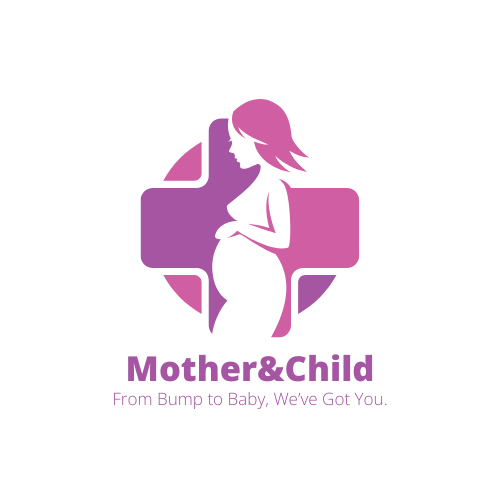🎯 Learning Objectives
By the end of this session, learners will be able to:
✅ Recognize practical, low-cost strategies that saved newborns with jaundice in rural African settings
✅ Understand how local leadership, CHWs, TBAs, and innovation improved outcomes
✅ Replicate or adapt community-based interventions to suit their own villages
💡 Introduction: Rural ≠ Hopeless
In many African communities, lack of neonatal intensive care doesn’t mean babies cannot survive jaundice. Innovative community-led solutions, early detection, and fast action have made a real difference in places without incubators or specialists.
🌿 Strategies That Worked in Rural Areas
1. Day 1–3 Home Visits by CHWs or TBAs
What worked:
-
Trained TBAs and CHWs visiting mothers within 48 hours after delivery
-
Using torchlights or mobile phone lights to check yellowing of eyes/palms
-
Educating families during birth or naming ceremonies
Example: In Kisii, Kenya, CHWs were trained through a county-led WhatsApp group to use the OneWomb Jaundice Checklist during postnatal home visits.
📌 Impact: 43% increase in timely referrals within 3 days of birth.
2. Village Health Referral Cards or Tokens
What worked:
-
CHWs issue simple paper cards or colored beads when they identify a risk baby
-
These are recognized by clinic staff and mean “see this baby immediately”
-
Shortens wait time and bypasses delay at understaffed clinics
Example: In Eastern Uganda, VHTs used yellow-string bracelets to tag high-risk babies, signaling urgency at local HCIII units.
📌 Impact: Over 75 newborns received faster bilirubin tests and phototherapy in 6 months.
3. Use of Controlled Sunlight with Guidelines
What worked:
-
Educating mothers on safe sun exposure before 9:30 am, 15–20 minutes
-
Baby placed naked except for diapers, not behind glass
-
CHW or TBA ensures eyes are protected with a cloth
-
Explaining that sunlight is helpful only for mild cases, not replacements for hospital care
Example: In Northern Nigeria, TBAs were trained to instruct mothers on controlled sunning with cloth shades and scheduled reviews by CHWs.
📌 Impact: Reduced reliance on dangerous herbal treatments.
4. WhatsApp Referrals + Local Transport Volunteers
What worked:
-
Local volunteers (boda-boda riders, youth leaders) added to CHW WhatsApp groups
-
Mothers with jaundiced babies referred via voice notes or photos
-
Riders bring babies to clinics free or at subsidized cost, with priority alert to nurses
Example: In rural Lira, Uganda, CHWs created a volunteer transport system funded by local churches.
📌 Impact: Reduced time to hospital from 2 days to under 12 hours for 90% of cases.
5. Mobile Clinic Days for Jaundice Check-ups
What worked:
-
Partnering with NGOs or county teams for monthly newborn screening days
-
CHWs mobilize caregivers, and nurses check for jaundice and other postnatal risks
-
Includes education on feeding, phototherapy, and developmental delays
Example: In Western Ghana, collaboration with the Ghana Health Service and BasicNeeds Ghana enabled community-based bilirubin screening camps using skin-test devices (transcutaneous bilirubinometers).
📌 Impact: Early diagnosis prevented at least 5 cases of kernicterus in one district over 3 months.
💬 Voices from the Field
“We didn’t have machines, but we had eyes, torches, and trust. That saved babies.”
— CHW, Kisumu, Kenya
“The yellow bracelet told the nurse everything—no need to explain. The baby was treated faster.”
— VHT, Soroti, Uganda
“Instead of using bitter leaves, we now sit the baby in morning sun and go for check-up. It works.”
— TBA, Sokoto, Nigeria
🧠 What You Can Adapt
| If You Have… | You Can… |
|---|---|
| Torches/phones | Teach eye check for yellowing |
| No lab tests | Use symptom checklist to refer |
| Community trust | Train TBAs to detect and escalate |
| No ambulance | Set up local transport volunteers |
| No phototherapy | Educate on when sun is safe and when hospital is needed |
✅ Key Takeaways
-
Low-resource does not mean low-impact
-
Early action and community knowledge can prevent severe jaundice
-
Culturally sensitive, locally owned practices have lasting power
-
CHWs and TBAs are essential frontline responders


